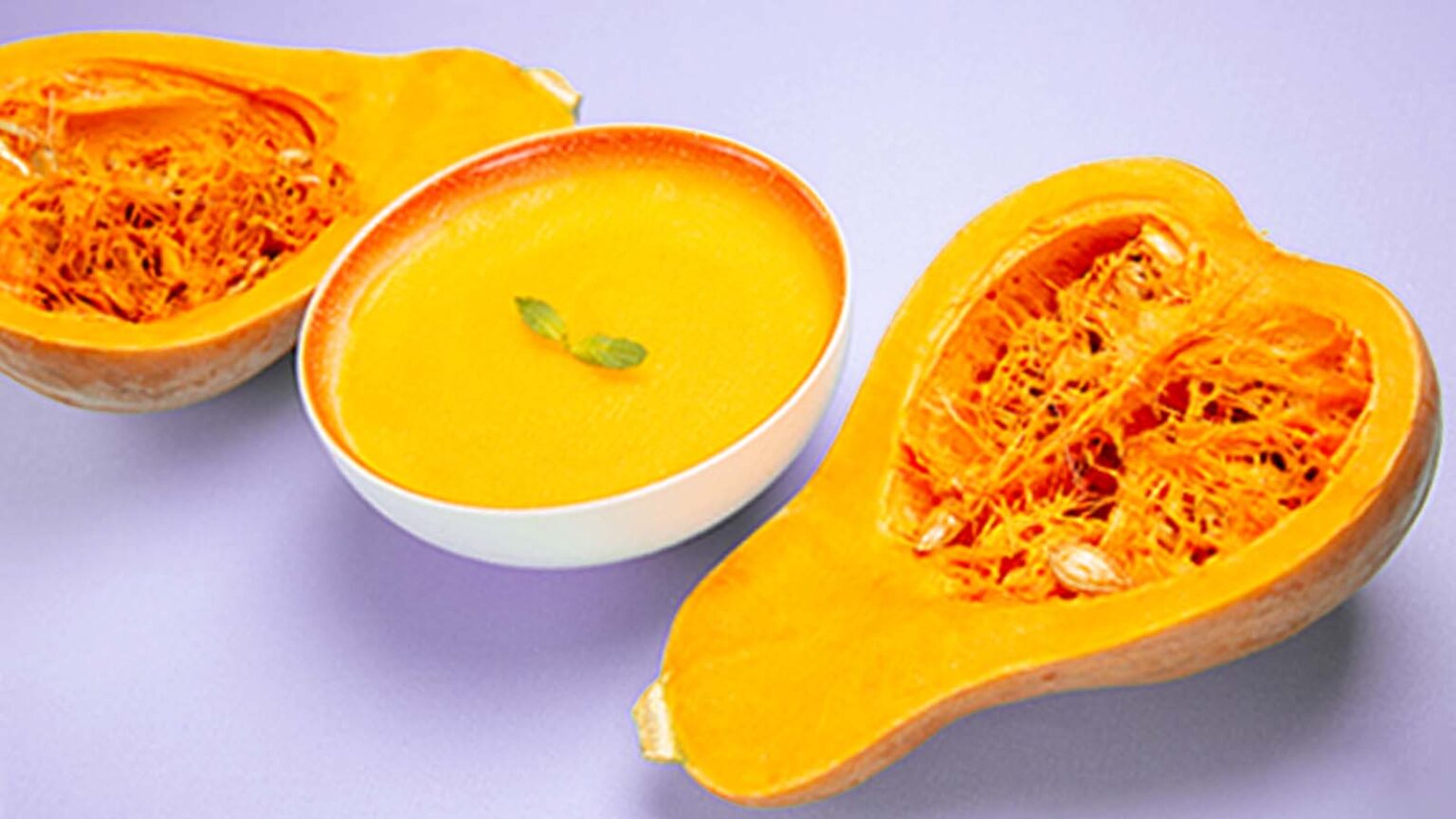Squash is a fruit known throughout the world, characterized by different nutrients and benefits, which can have a positive effect on the general health of people, and by its versatility, since with this ingredient you can prepare a variety healthy recipes.
Thanks to its special properties, squash represents one of the main ingredients of the ProLon diet.
The origins of squash
Squash is a flowering plant (Cucurbitaceae family), cultivated as a vegetable, but botanically considered a fruit, because it contains seeds.
WHAT ARE THE BENEFITS? You can prepare both sweet and savory dishes with this ingredient!
The squash's origins lie in Mexico and Central America, as a fruit first cultivated by indigenous populations and then discovered by European settlers after 1492. The best-known American squash is the Hubbard squash, renamed by Lady Elizabeth Hubbard who, in the 19th century, revealed its good properties to the local horticultural magazine.
How many varieties of squash are grown around the world?
There are over 30 varieties of squash, differing in size, shape, color, growing and preparation methods!
Squash families can be grouped into two: summer squash and winter squash. On the one hand, summer squash are fast-growing plants that produce small, diversely shaped fruits ranging in color from yellow to green. Examples of the summer squash family are zucchini and yellow butternut squash.
On the other hand, winter squashes, the best known of which are pumpkin and butternut squash, are climbing plants that produce large fruits, which can be stored longer than summer squashes.
What is the difference between pumpkin and butternut squash?
The best-known winter squashes are pumpkin and butternut squash, also known as butternut squash. Although they share certain characteristics, they represent two distinct varieties at the same time.
PUMPKIN

The pumpkin or gourd represents the symbol of Halloween for many cultures. It is a rounded, yellow-orange fruit, made up of 90% water. There are more than 45 varieties of pumpkin, grown on every continent except Antarctica. Here are the main health benefits of pumpkin:
- Beta-carotene (which gives the fruit its orange color) helps protect against asthma and heart disease.
- Vitamin C and potassium support heart health
- Vitamin C, vitamin E and beta-carotene support eye health and help prevent degenerative damage in older adults.
Curiosity ! What was the pumpkin used for in the past? The use of pumpkin has very ancient origins. It is said that pumpkin seeds were eaten by the Aztecs as a very filling snack, while the pulp was used by other indigenous populations as a medicinal mixture to relieve burns.
What past history and the present have in common is that, as in the past, we have never stopped consuming or using every part of the pumpkin, since everything, from the skin to the pulp, is edible.
BUTTERNUT SQUASH
Fruit with an elongated shape, reminiscent of a bell, with cream-colored skin and yellowish or orange pulp. What are the main health benefits of butternut squash?

- Vitamin A and vitamin C are important early antioxidants that help protect cells from damage caused by unstable molecules, slow the aging process, and promote the growth of tissues like skin and hair. Lutein and zeaxanthin, the other two antioxidants, promote eye health;
- The large amount of fiber present in the fruit helps prevent constipation;
- Potassium helps prevent high blood pressure and, along with magnesium, manganese and calcium, it plays a central role in strengthening bone density;
Curiosity ! How to store butternut squash? Butternut squash should be stored in a cool, dry, dark place, away from fruits that ripen quickly, such as apples, because their release of ethylene can affect the butternut squash and cause rapid rotting. Good air circulation is also essential, but not refrigeration!
Keep reading for a delicious recipe using squash.
Healthy squash recipe
Here is a healthy recipe from the book The Longevity Diet:
Pumpkin soup with croutons
Pumpkin or squash, peeled, seeded and cut into pieces (300 g)
Olive oil (12 ml/1 tbsp)
Chili flakes (optional)
Parsley
Salt and pepper to taste
Croutons (40 g)
Pumpkin seeds (9 g/1 teaspoon)
Boil the pumpkin or squash in salted water. Once cooked, drain the water. Add oil, chili flakes, onion, parsley, salt and pepper to taste. Stir well. When the soup reaches the desired consistency, puree it using a blender. Serve in a bowl garnished with croutons and pumpkin seeds.
You can also try the tasty butternut squash soup from ProLon's Fasting Mimicking Diet Kit.
Butternut Squash and the ProLon Fasting Imitation Diet
Butternut squash is one of the main ingredients of the second variety of the Fasting Mimicking Diet™ kit – ProLon® Europe. As the main component of the kit's four soups, this fruit imparts a light orange color, a dense consistency like pureed soup, and a sweet, nutty flavor to the dish.
Although all ProLon® soups are dehydrated, they preserve all the properties of their ingredients and combine the different nutrients to allow your body to enter a fasted state and start the process of cellular regeneration and energy boost with 25% more hydration on your skin.
If you've never tried the ProLon® diet, discover how easy it is to enjoy all the benefits of its ingredients in just 5 days!
Bibliography :
Editors of Encyclopaedia Britannica, revised and updated by Melissa Petruzzello, “ Squash plant”, Encyclopaedia Britannica, squash | Definition, Summer Squash, Winter Squash, Examples and Facts | Britannica ,
“The Origins of the Squash”, American Heritage, THE ORIGINS OF THE SQUASH | AMERICAN HERITAGE
Ware Magan RDN, LD, Miho Hatanaka, RDN, LD, “What are the health benefits of pumpkin? », Medical News Today, November 1, 2019, Pumpkins: Health benefits and nutritional breakdown (medicalnewstoday.com) .
Natalie Butler, RD, LD, Megan Ware, RDN, LD, “What to know about butternut squash ,” Medical News Today, May 18, 2017, https://www.medicalnewstoday.com/articles/284479 .
Longo Valter, PhD, The Longevity Diet, discovering the new science to slow aging, fight disease, and manage your weight, UK, Michael Joseph Penguin Random House UK, 2018.




